Equipment and software for organizing VoIP networks.
Using this equipment, you will be able to organize intra-departmental communication within the company, company, corporation. Pluses are obvious, every employee gets the opportunity to make phone calls as colleagues and city numbers. At the same time, he does not need to run to the next room for this, or wait until a parallel phone is available.
Each has its own internal number. First of all, this is the distribution of service classes, that is, assigning different permissions to different subscribers, or restrictions, such as prohibiting calls to certain destinations (mobile numbers, long distance and international destinations), the ability to intercept incoming calls from other phones, transfer the incoming call to Colleague or other department, the organization of conference calls with the participation of several subscribers, the forwarding of incoming calls to other numbers (both domestic and urban, mobile), the use of high-speed dialing of long numbers. All this will undoubtedly have a positive impact on the productivity of employees and will help to save a lot of time and therefore money.
Add to all this the possibility of blocking their phone line in order to prevent unauthorized use, access to the paid service through personal PIN numbers, the ability to alert through the external speaker and we can safely say that the modern IP PBXs on the centrality of law among Office equipment, helping to establish a prompt and high quality communication with many additional features.
VoIP - a communication system that provides voice transmission over the Internet or any other IP-based networks. The signal on the communication channel is transmitted in digital form and, as a rule, it is transformed (compressed) before transferring in order to remove redundancy.
Voice and video communications via computer networks became popular all over the world since the beginning of the 21st century and is now widely used by both private users and corporate sector. IP telephony application allows companies-operators to significantly reduce the cost of calls
VoIP technology realizes the problem and solutions that use technology to implement PSTN will be harder or more expensive.
Example:
- The ability to transmit more than one telephone call within the high-speed dial-up connection. Therefore, VoIP technology is used as an easy way to add an additional telephone line at home or in the office.
- Properties such as
- the conference,
- call forwarding,
- automatic redial,
- caller identification
are provided free of charge or almost free of charge, whereas in traditional telecommunications companies they are usually invoiced.
-
Secure calls, with a standardized protocol (such as SRTP). Most of the difficulties for the inclusion of secure telephone connections over traditional telephone lines, such as digitizing a signal, transmitting a digital signal, have already been resolved within the framework of VoIP technology. It is only necessary to encrypt the signal and identify it for an existing data stream.
-
Additional telephone properties — such as call routing, popups, the alternative GSM-roaming and introduction of IVR is easier and less expensive to implement and integrate. The fact that a phone call is on the same network that the user's personal computer and opens the way to many new opportunities.
-
Available integration with others via the Internet, including video call, messaging and data during the conversation, audio conferencing, managing address books, and learn whether to call other callers.
-
Independence from location. You only need an Internet connection to connect to a VoIP provider. For example, call center operators using VoIP phones can work from any office where there is available an effective fast and stable Internet connection.
Optional: ability to connect direct numbers in any country of the world (DID).






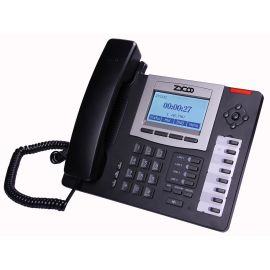


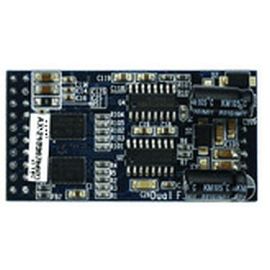
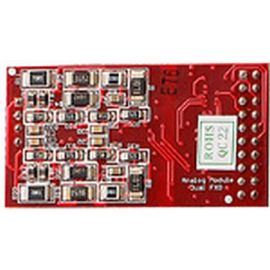





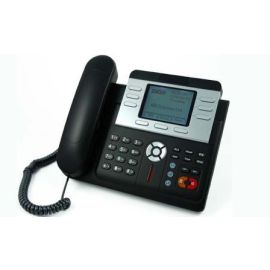
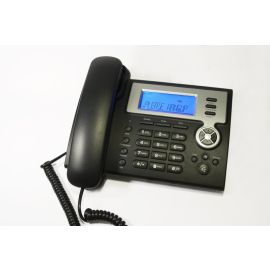

Zalogować się